Have you ever wondered why water depth is so important for turtles? Well, let me tell you, it plays a crucial role in their habitats. From providing protection to influencing their behavior and reproduction, water depth can make or break a turtle’s home. In this article, we will dive deeper into the significance of water depth in turtle habitats and explore how it impacts these fascinating creatures.
Now, when it comes to water depth, it’s not just about having a certain amount of water for turtles to swim in. It’s about finding the right balance that meets their specific needs. Turtles prefer different water depths based on their species and stage of life. Some turtles, like the red-eared sliders, thrive in shallow water with depths ranging from 3 to 6 feet. Others, such as the snapping turtles, prefer deeper waters with depths up to 20 feet. Understanding the ideal water depth for different turtle species is crucial for creating suitable habitats for them.
The water depth in turtle habitats influences various aspects of their lives. For starters, it provides a secure environment where they can escape from predators and harsh weather conditions. Turtles often retreat to deeper waters when they feel threatened, using it as a form of protection. Additionally, water depth directly impacts turtles’ ability to forage for food. Different turtle species have specific hunting strategies, and the appropriate water depth allows them to effectively search for prey. For instance, turtles that prefer shallow waters can easily access plants and small invertebrates, while those in deeper waters can find larger fish and amphibians. So, as you can see, water depth plays a significant role in determining the availability and accessibility of food for turtles.
Stay tuned for more information on how water depth influences turtle behavior, reproduction, and overall well-being in the full article!
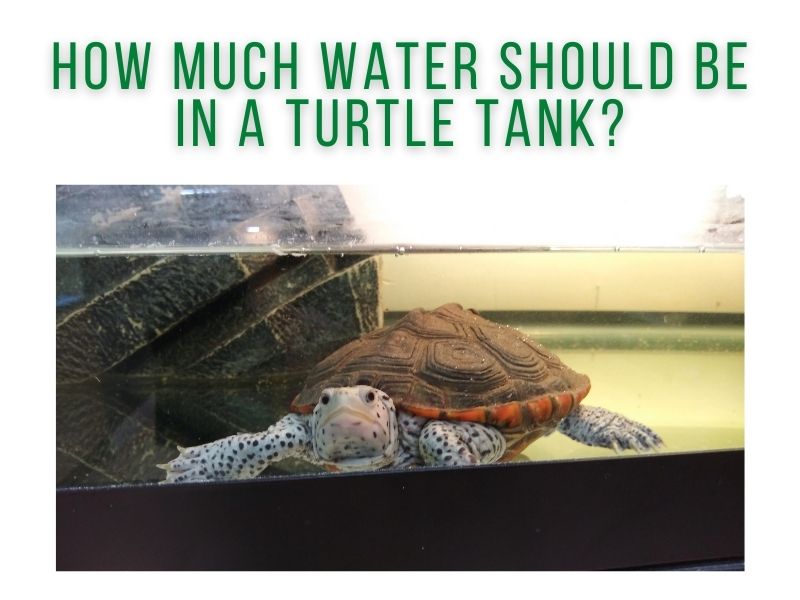
Introduction
Turtles are fascinating creatures that are found in various habitats around the world. Their natural habitat plays a crucial role in their overall well-being and survival. One important aspect of their habitat is the water depth. In this article, we will explore the importance of water depth in turtle habitats and how it impacts their lives. We will also discuss the factors affecting water depth and the optimal water depth for different turtle species. By understanding the role of water depth, we can create suitable environments for turtles and contribute to their conservation efforts.
Creating a Suitable Environment for Turtles
Creating a suitable environment for turtles involves various factors. Maintaining water quality is of utmost importance. Turtles require clean and healthy water to thrive. Regular water changes, filtration systems, and monitoring water parameters are essential in ensuring a suitable living environment for turtles.
Providing sufficient space is another crucial aspect. Turtles need enough space to swim, explore, and exhibit natural behaviors. A cramped living space can lead to stress and health issues. Therefore, it is important to consider the size of the turtle species and provide a spacious habitat accordingly.
Incorporating hiding places for turtles is also necessary. Turtles are known to be shy creatures, and they require hiding spots to feel safe and secure. Adding rocks, logs, or artificial caves can provide them with the privacy they seek.
Ensuring adequate sunlight and temperature is vital for turtles’ overall health and well-being. Turtles are ectothermic, meaning they rely on external sources to regulate their body temperature. Providing access to natural sunlight or using UVB lamps is essential for their proper growth and development.
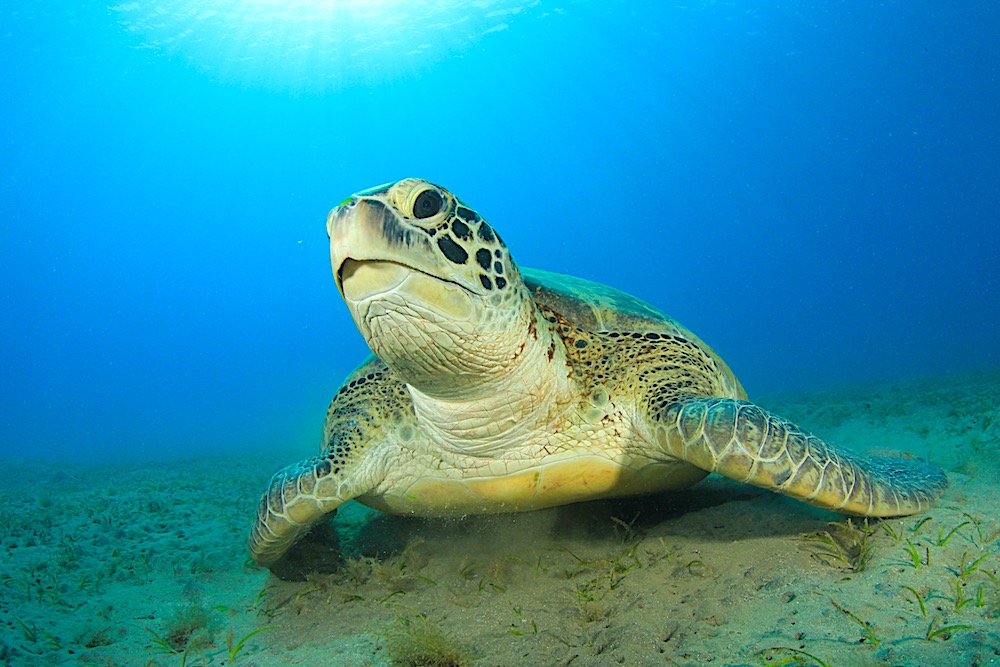
Understanding the Natural Habitat of Turtles
To create a suitable habitat for turtles, it is important to understand their natural habitat. Different turtle species have different preferences when it comes to their habitats. By studying their natural habitats, we can mimic and adapt artificial habitats accordingly.
Various turtle species have their preferred habitats. For instance, aquatic turtles, such as red-eared sliders, painted turtles, and map turtles, spend most of their time in the water. Semi-aquatic turtles, such as box turtles and sliders, divide their time between land and water. Terrapins, like diamondback terrapins, are commonly found in estuarine and brackish water habitats. Lastly, box turtles are primarily land-dwelling turtles.
Studying wild turtle habitats provides valuable insights into their needs and behavior. Observation of their natural behavioral patterns, preferred water depths, and temperature ranges can be translated into creating better artificial habitats for captive turtles.
Factors Affecting Water Depth
Several factors influence the water depth in turtle habitats. Geographical location plays a significant role. Turtles found in different regions have adapted to their specific environments. For example, turtles in tropical regions may prefer deeper water, while those in temperate regions may thrive in shallower water.
Climate conditions also impact water depths. Turtles in areas with heavy rainfall might experience increased water levels, while those in arid regions may face lower water levels. It is crucial to monitor and adjust water depth accordingly to ensure turtles’ well-being.
Vegetation and aquatic plants are essential for turtle habitats, as they provide food sources, shelter, and breeding grounds. Different species of turtles have varied preferences for the types of plants in their habitats. Some turtles prefer habitats with dense vegetation, while others may prefer open and clear water.
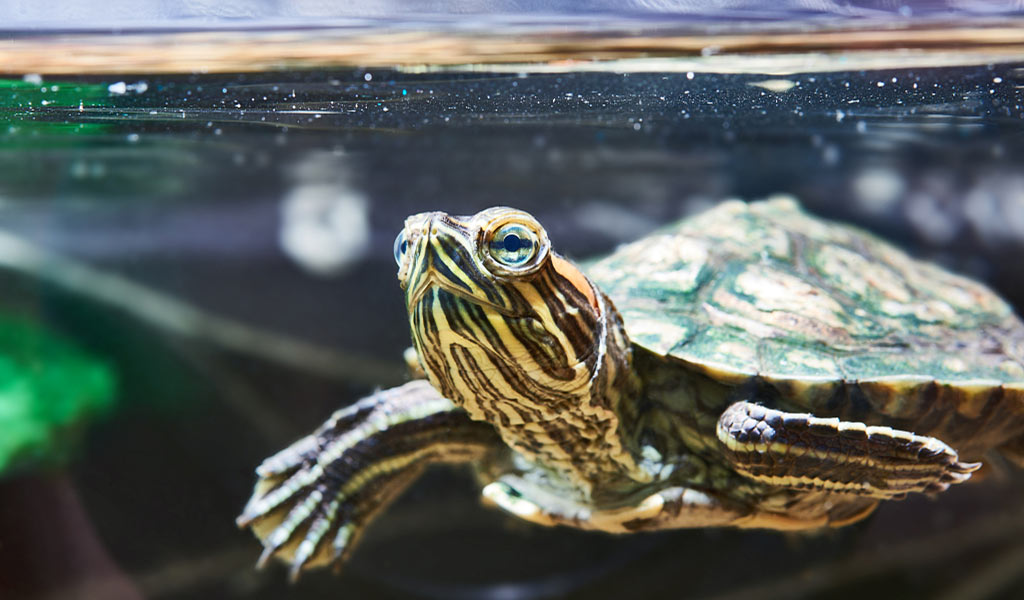
Optimal Water Depth for Different Turtle Species
The optimal water depth for turtles depends on their specific needs and natural habitats. While it is impossible to replicate their natural habitats precisely, creating similar conditions is beneficial for their overall health and well-being.
Aquatic turtles, such as red-eared sliders, painted turtles, and map turtles, require deep water bodies. A depth of at least 12-24 inches is optimal for them to swim and exhibit natural behaviors. Additionally, incorporating features such as basking platforms, floating logs, and aquatic plants enhances their habitat.
Semi-aquatic turtles, like box turtles and sliders, require a balance between water and land. Shallow water areas are crucial for them to drink, soak, and cool down. Providing a gradual slope from land to water is ideal for these species.
Terrapins, such as diamondback terrapins, prefer specific water depth preferences. They are commonly found in estuarine and brackish water habitats, where the water depth often varies with tides. Providing deeper water areas and sandy substrates can cater to their needs.
Box turtles, primarily land-dwelling turtles, still require a shallow water source for hydration and soaking. Creating shallow water areas with a depth of around 2-4 inches is suitable for them. Additionally, ensuring a moist substrate, such as leaf litter or damp soil, is crucial to maintain proper humidity levels.
Challenges in Maintaining Water Depth
Maintaining the right water depth for turtles can present some challenges. Evaporation and water loss can lead to a decrease in water levels over time. Regular monitoring and replenishment of water are necessary to prevent dehydration and ensure optimal conditions for the turtles.
Controlling algae and plant overgrowth is another challenge. While aquatic plants are beneficial for turtle habitats, excessive growth can lead to reduced water depths and poor water quality. Regular maintenance and monitoring of the habitat are necessary to prevent these issues and maintain a suitable environment for turtles.
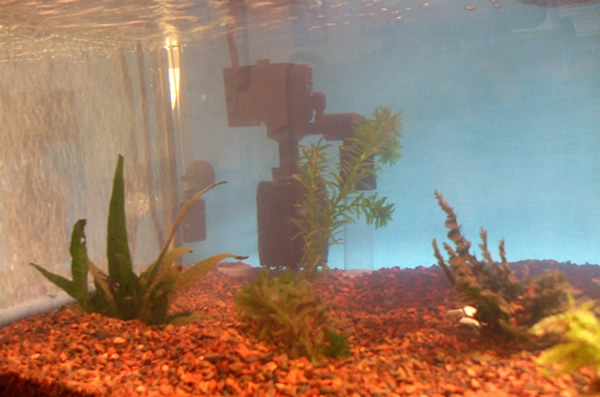
Conservation Efforts for Turtle Habitats
Conservation efforts for turtle habitats are crucial to their survival. Restoring natural water bodies, such as rivers, lakes, and wetlands, is essential in providing suitable habitats for turtles. This involves removing pollutants, restoring vegetation, and creating nesting sites.
Artificial reservoirs and ponds play a significant role in conserving turtle habitats. These man-made water bodies can be designed to mimic natural habitats and cater to the needs of various turtle species. Incorporating features such as shallow areas, submerged logs, and aquatic plants can enhance the habitat’s suitability.
Education plays a vital role in raising awareness about the importance of habitat conservation. By educating the public about the impact of human activities and the benefits of maintaining suitable turtle habitats, we can encourage responsible behavior and contribute to long-term conservation efforts.
Benefits of Maintaining the Right Water Depth
Maintaining the right water depth in turtle habitats offers various benefits. By providing suitable conditions, we can promote natural behavior and well-being among turtles. They can swim, forage, and exhibit their natural instincts, leading to a more fulfilling life in captivity.
The right water depth is also crucial for encouraging reproduction and survival. Turtles require appropriate conditions to lay their eggs and ensure successful hatching. By maintaining the right water depth, we provide them with the optimal environment for reproduction, contributing to the species’ overall survival.
Preserving biodiversity is another significant benefit of maintaining the right water depth. Different turtle species have different habitat preferences. By catering to their needs, we can create a diverse and thriving ecosystem that supports not only turtles but also other aquatic and terrestrial organisms.
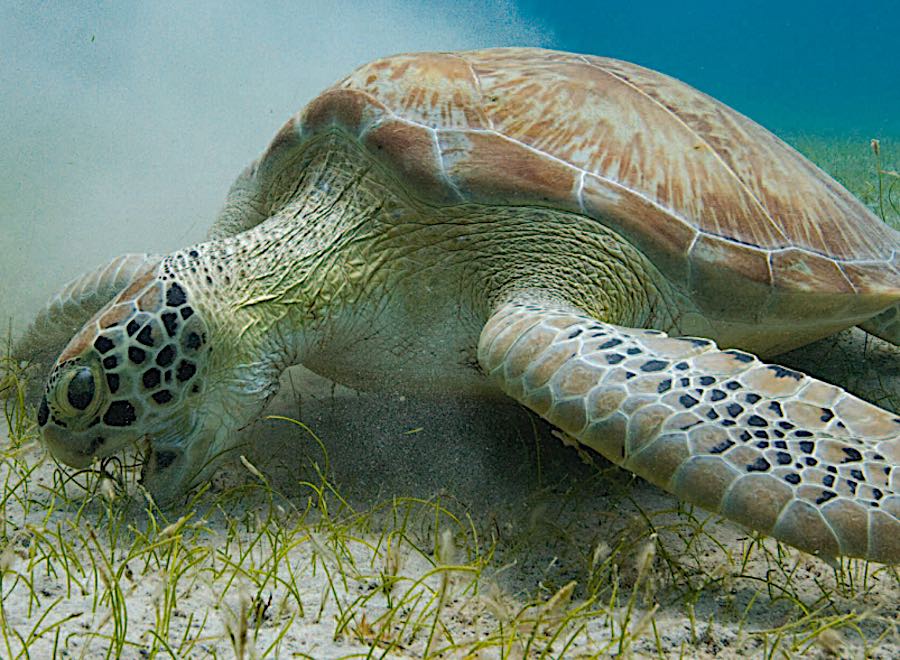
Conclusion
Water depth plays a crucial role in turtle habitats. By finding the right balance in water depth, we can create suitable environments that promote natural behavior, reproduction, and overall well-being for turtles. Understanding the natural habitat of turtles, factors affecting water depth, and the optimal water depth for different turtle species is essential in creating artificial habitats that mimic their natural homes. Conservation efforts, such as restoring natural water bodies and educating the public, play a crucial role in preserving turtle habitats. By maintaining the right water depth, we contribute to the conservation of these remarkable creatures and the biodiversity of our planet.